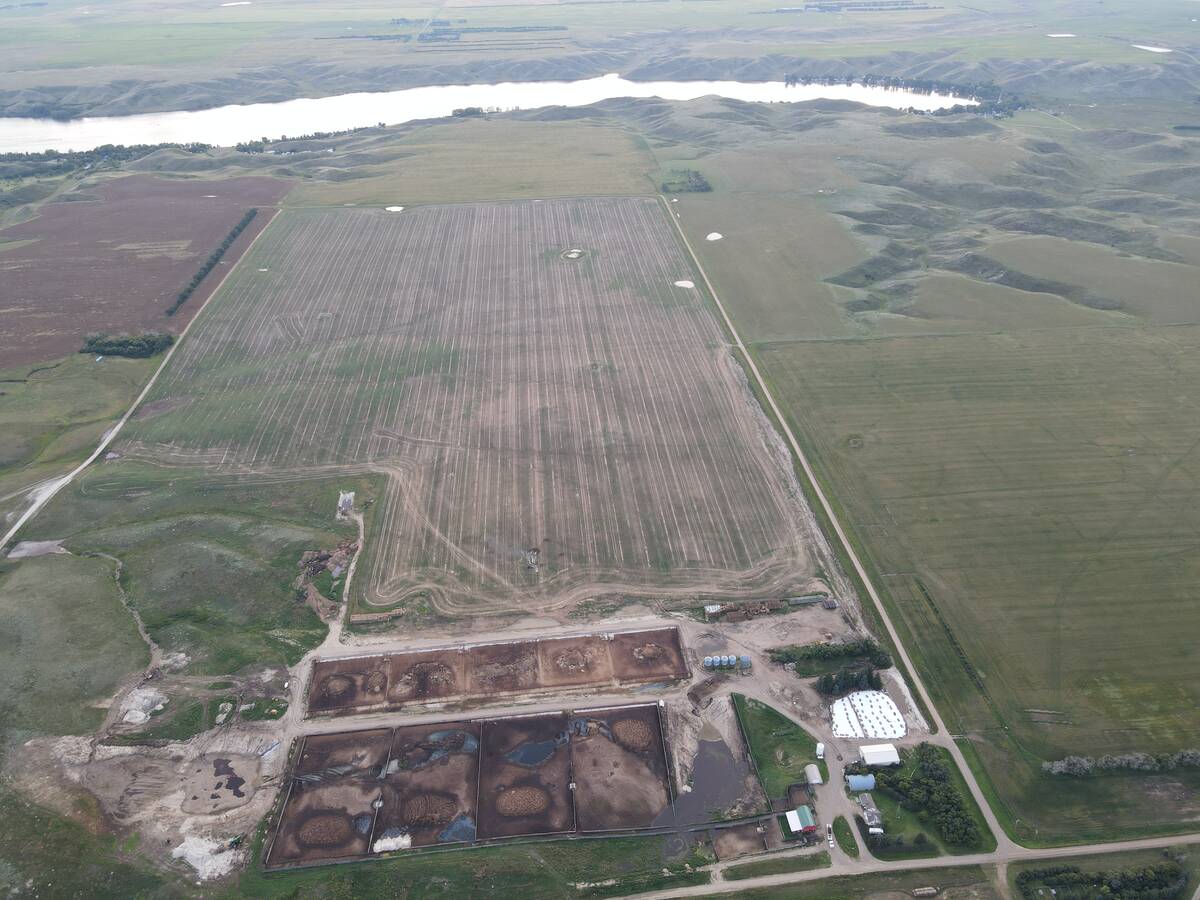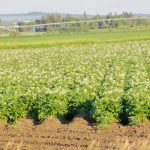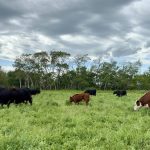Most of Ontario’s soybeans went into the ground in a timely fashion this spring, despite a late spring frost.
It’s good news for winter wheat.
“The odds are, you’re going to have a wider window to plant more winter wheat this fall,” said Dale Cowan, a senior agronomist with Agris Co-operative.
“With wheat you have 60 percent more biomass below the ground than what’s above the ground, so it’s great for soil quality… and it’s a living root system in the soil for eight to nine months in a year.”
Read Also

Saskatchewan RM declines feedlot application, cites bylaws
Already facing some community pushback, a proposed 2,000-head cattle feedlot south of Swift Current, Sask., has been rejected for a municipal permit, partly over zoning concerns about the minimum distance from a residence.
Ian McDonald, an agronomist with Ontario’s agriculture ministry, agreed.
“Farmers have realized they need more wheat in their rotation,” he said.
“Some have intentionally planted earlier beans so they can get them off and get their wheat in.”
Research has long demonstrated that corn and soybean yields tend to be greater when wheat is in a corn-soybean-wheat rotation, largely because of decreased disease, weed and pest pressure.
However, market prices have encouraged farmers to plant more soybeans. This year, for instance, Ontario farmers are expected to harvest three million acres of soybeans, 1.5 million acres of corn and 600,000 acres of wheat.
Wheat fits into the rotation after soybeans in Ontario. Chances increase for good establishment and successful over-wintering if it can be planted in late September or early October.
Growers in southern Ontario have a reasonable hope of achieving yields in the 80 to 100 bushel range, although protein levels are generally lower than in Western Canada.
Prices of more than $6 per bushel in recent weeks for the 2016 harvest mean there’s an opportunity for profit.
Cowan said growers should price 10 to 20 percent of their expected 2016 wheat acreage now.
Ontario’s 2015 crops largely survived widespread frost after the corn and soybeans had emerged, he added.
Four percent of corn and soybeans was replanted in the worse hit areas.
Recent rainfall now means soil moisture levels are adequate across Ontario. Some of the fields are uneven because of frost damage but the potential for strong yields remains.
Cowan urged farmers to scout their fields, especially where soybeans have been planted for consecutive years.
Ontario potato specialist Eugenia Banks said late blight is a threat in crops such as potatoes and tomatoes. The disease was recently found in North Carolina, she added.
Banks recommended fungicides but cautioned they can only protect from the disease rather than eradicate it.














